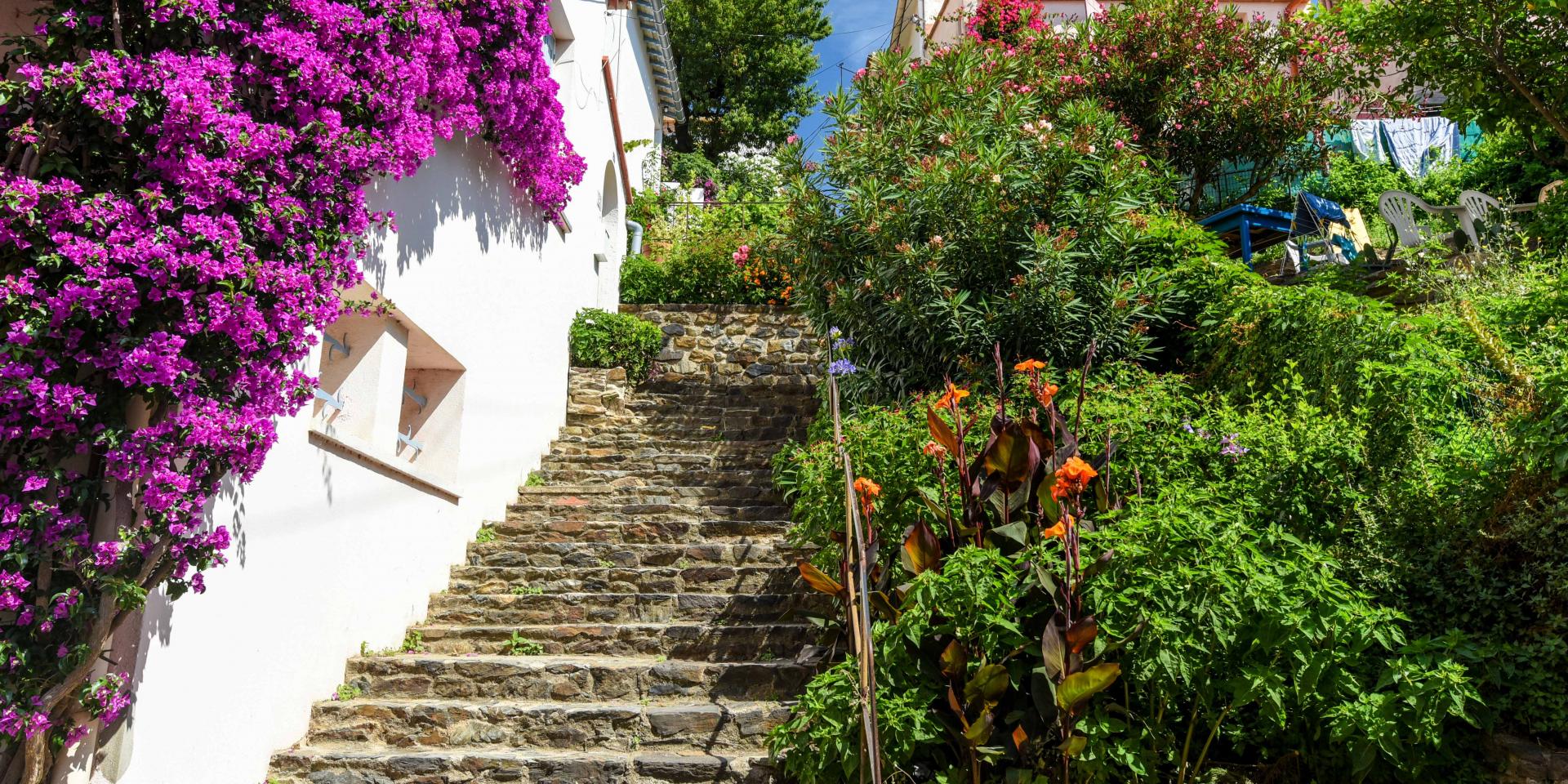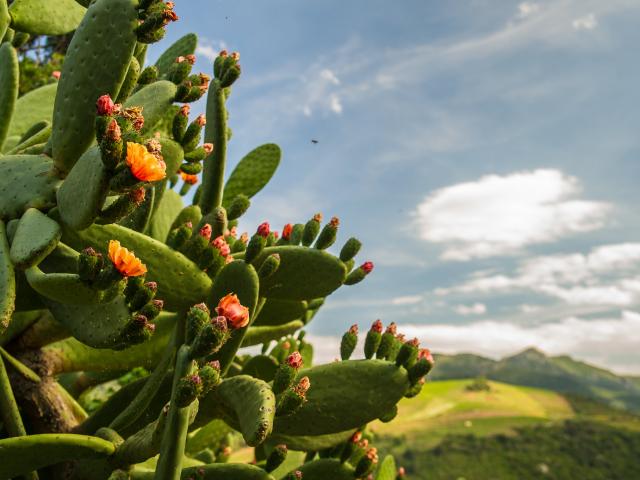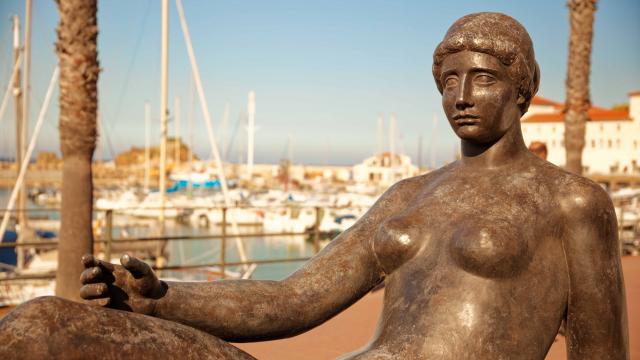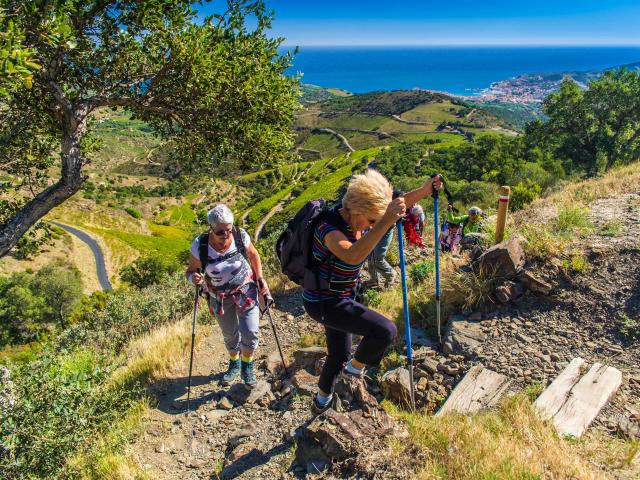The name Banyuls is a derivative of the word “Bain” (Balnoneum), as the town was built near ponds. It seems that this word was roughly translated later as “Ban” and “Ialos”, meaning “Point” and “Cultivated Glade”.
Origins of the name Banyuls sur Mer
From 400 BC, the Celts and Greeks occupied the coast. If it is said that the Col de Banyuls was crossed in ancient times by Hannibal and his legendary elephants, the first written mention of the city dates from 980, under the two forms Balneum and Balneola, derived from the Latin Balneolis (lagoon), which would refer to the Bassa, a swamp formed by the mouth of the river Vallauria, which extended from the bridge of Puig del Mas to the sea.
In 1074 appears the form “Bannils de Maritimo”, which will become Banyuls del Marende in 1674, and finally Banyuls de la Marenda in the XIXth century. In the Middle Ages, Roussillon experienced a prosperous phase during which the Knights Templar revolutionized the organization of the vineyards planted by the Greeks and Phoenicians thanks to the principle of the filtering and drainage of rainwater (peus de galls) still used today.
The Treaty of the Pyrenees attaches the Eastern Pyrenees to the kingdom of France
After being the possession of the Kingdoms of Aragon and Majorca (from the 12th to the 14th century), then Province of the Kingdom of Castile, the city of Banyuls, just like the whole of the Eastern Pyrenees, was only attached to the Kingdom of France in 1659, by the signing of the Treaty of the Pyrenees between Louis XIV and Philip IV, which separates Catalonia into two: North and South. But this signature alone was not enough to make the Banyuls “French”, since it would take several centuries for them to adopt the language and accept the authority of their new homeland, which would be done not without some violence.
Banyuls: “Smuggler’s Republic”
In 1793, the Spanish troops of General Ricardos on their way to invade Roussillon came up against the fierce resistance of the inhabitants of the village during the famous Battle of the Col de Banyuls (see the painting in the hall of the town hall and monument to the dead Place Paul Reig).
Was this French patriotism or the reaction of smugglers whose interests would have been ruined by the passage of the town under Spanish influence? Opinions remain divided.
Indeed, smuggling was a specialty of Banyuls: the fishermen of Banyuls transported salt, tobacco, piastres, sugar, rice, sheets or skins for at least two centuries, depending on the period, all with almost total impunity since Louis XIV, powerless against the uncontrollable and insubordinate character of the inhabitants, declared Banyuls de la Marenda a “smuggling republic”.
Nature as a heritage
Going from Banyuls to Cerbere by sea, we can still see today the Cova Fordada (holey cave), which was for more than two centuries the warehouse of illicit goods. At that time, the population consisted mainly of fishermen and wine growers. With the arrival of the railroad in 1880, Banyuls became less isolated. Little by little, fishing gave way to the cultivation of the vine, which is today, along with tourism, the main activity of Banyuls. In 1881, the zoologist Henri de Lacaze-Duthiers founded the Arago laboratory, which today houses more than 250 species representative of Mediterranean aquatic fauna.
 Maillol
Maillol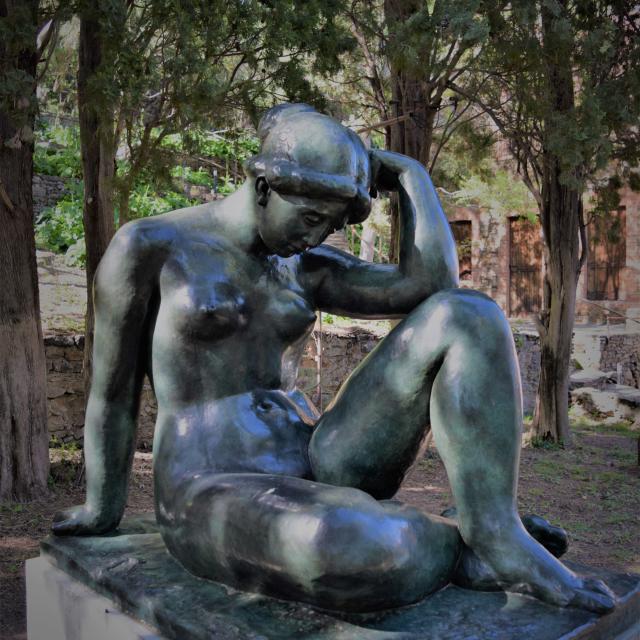 Maillol Statue Sculpture Musée Maillol (2)
Maillol Statue Sculpture Musée Maillol (2)